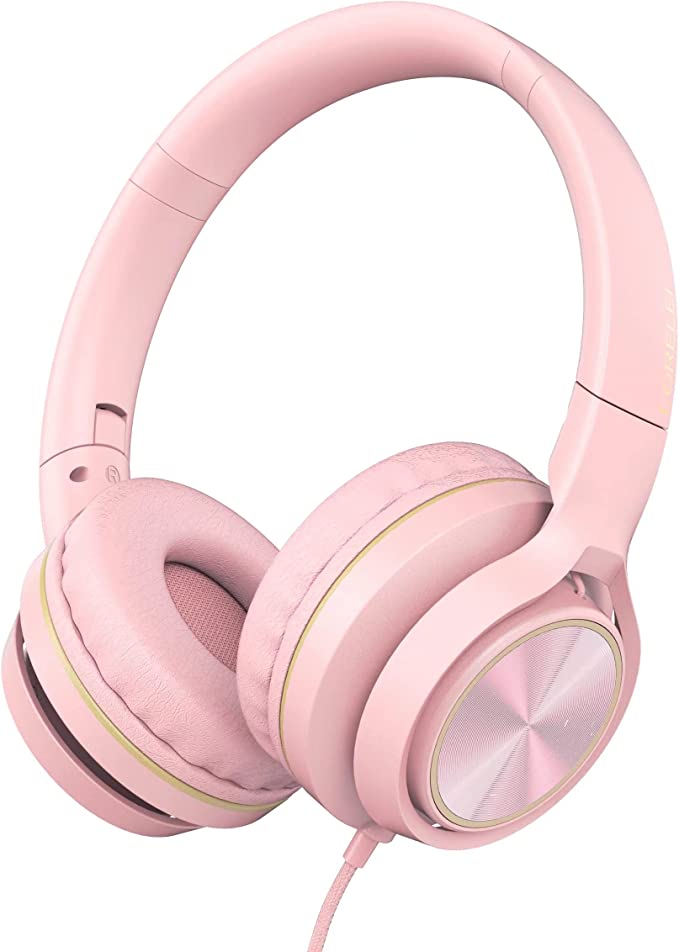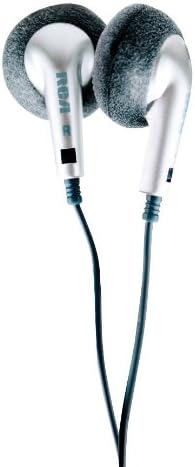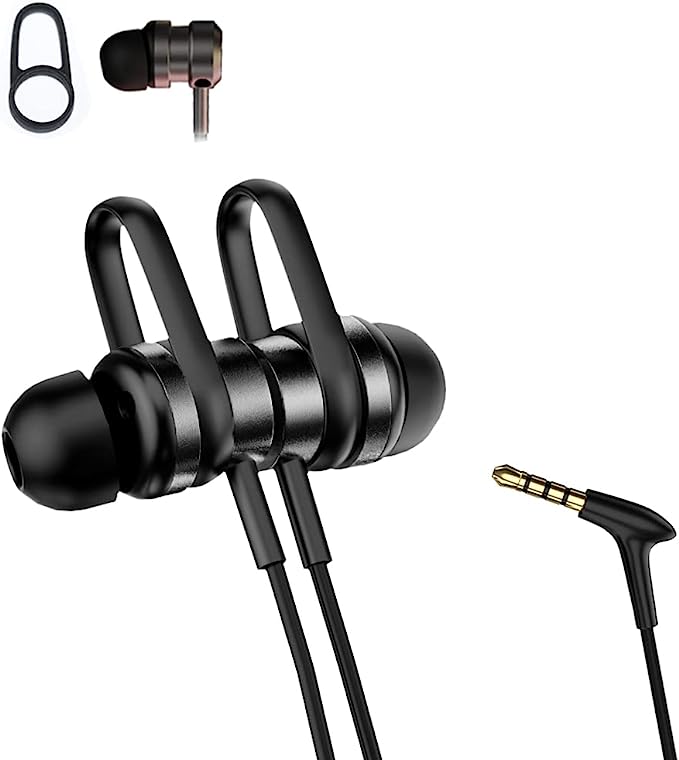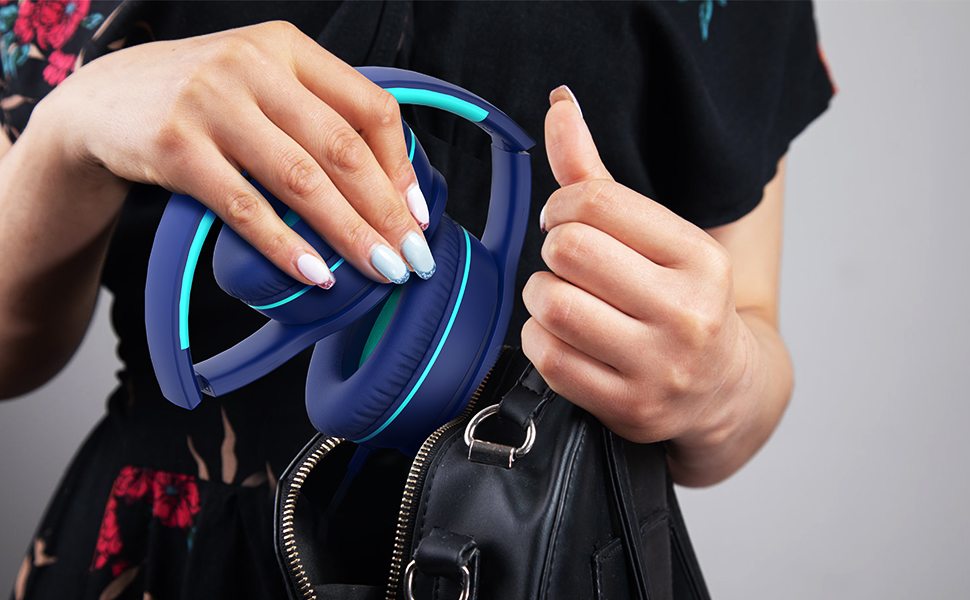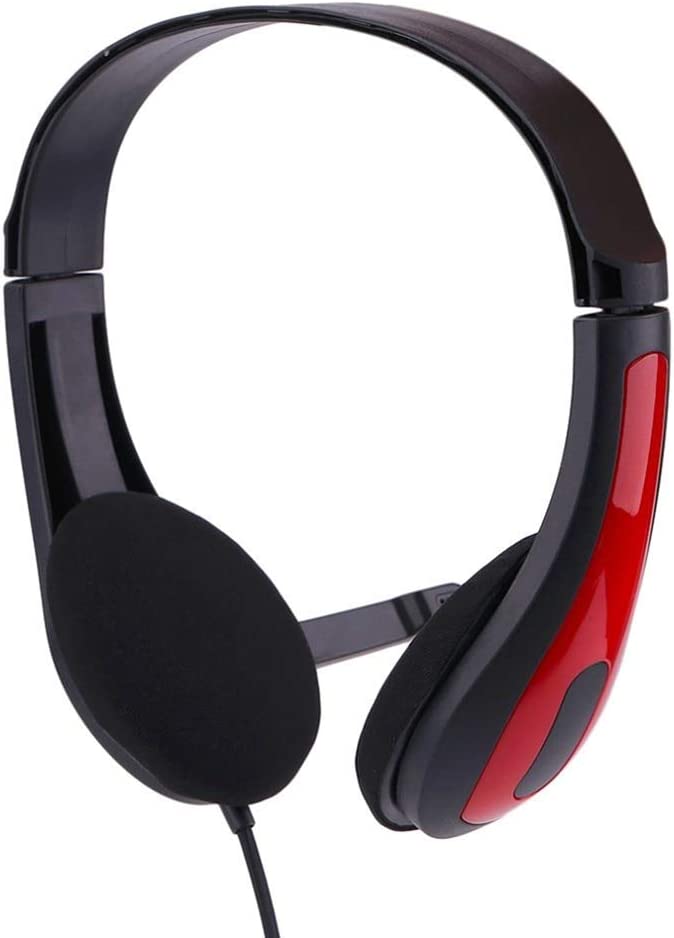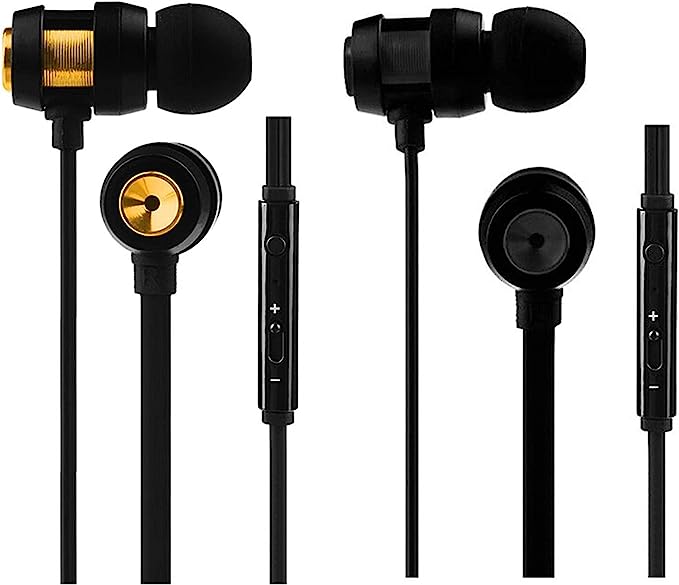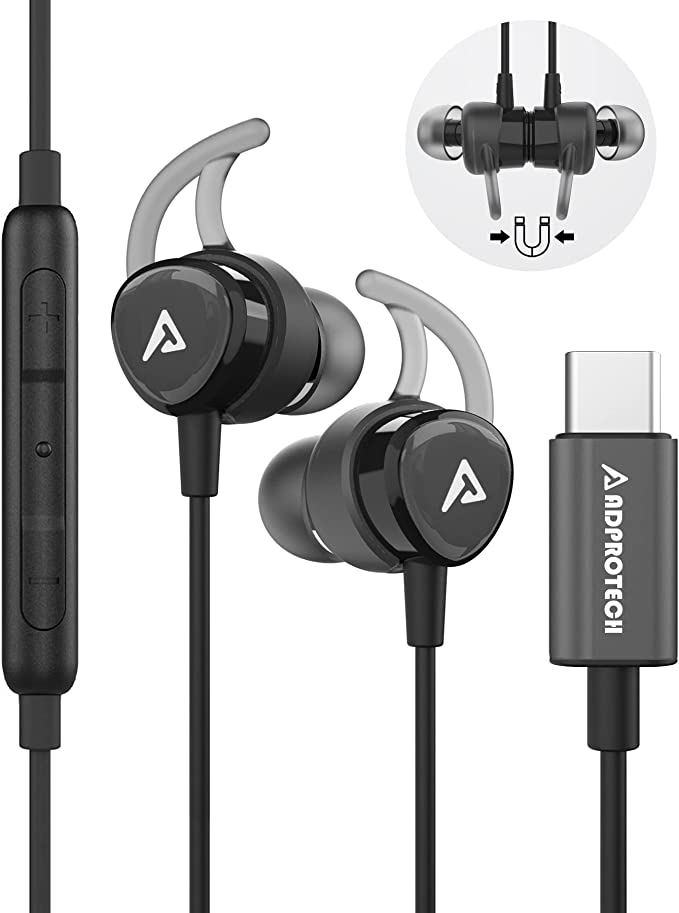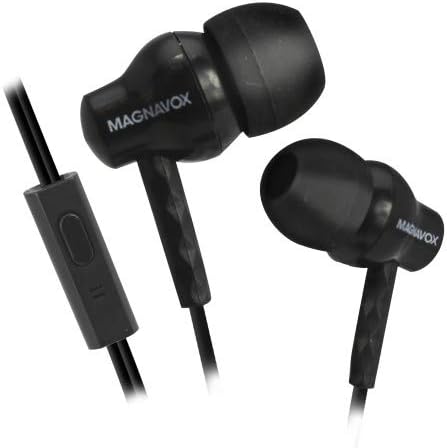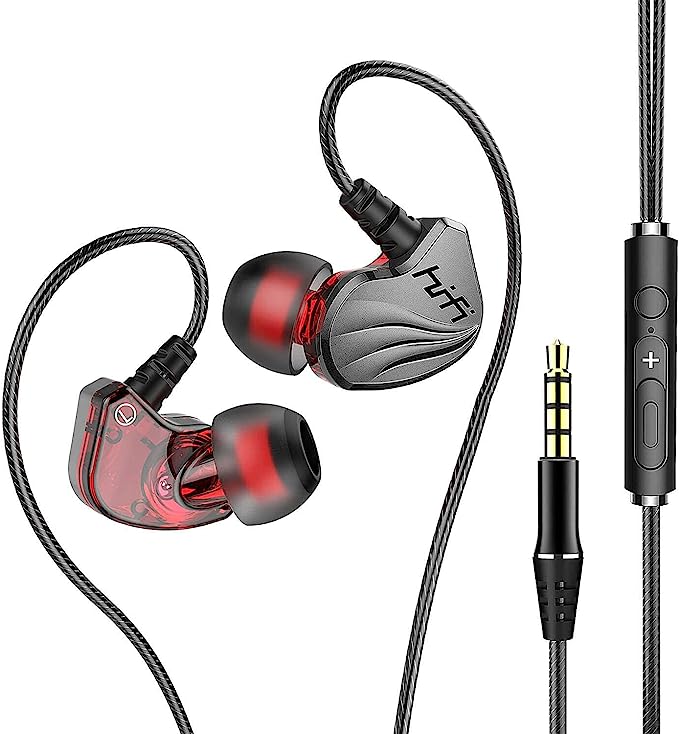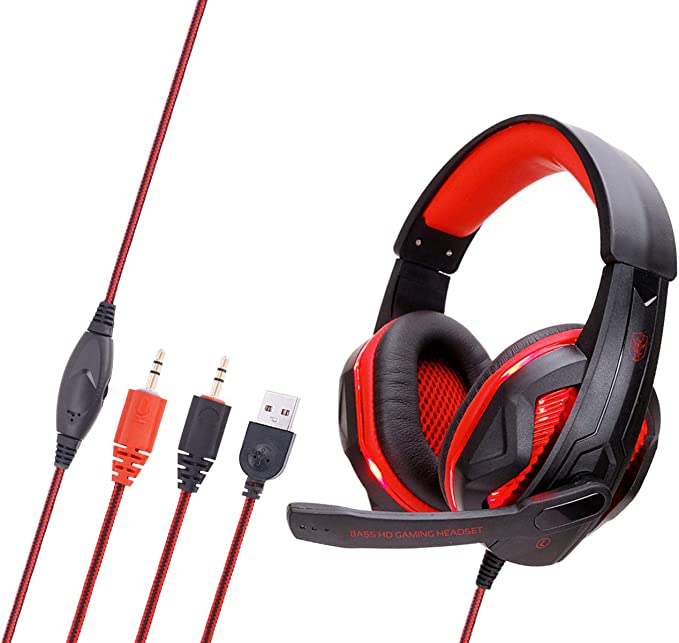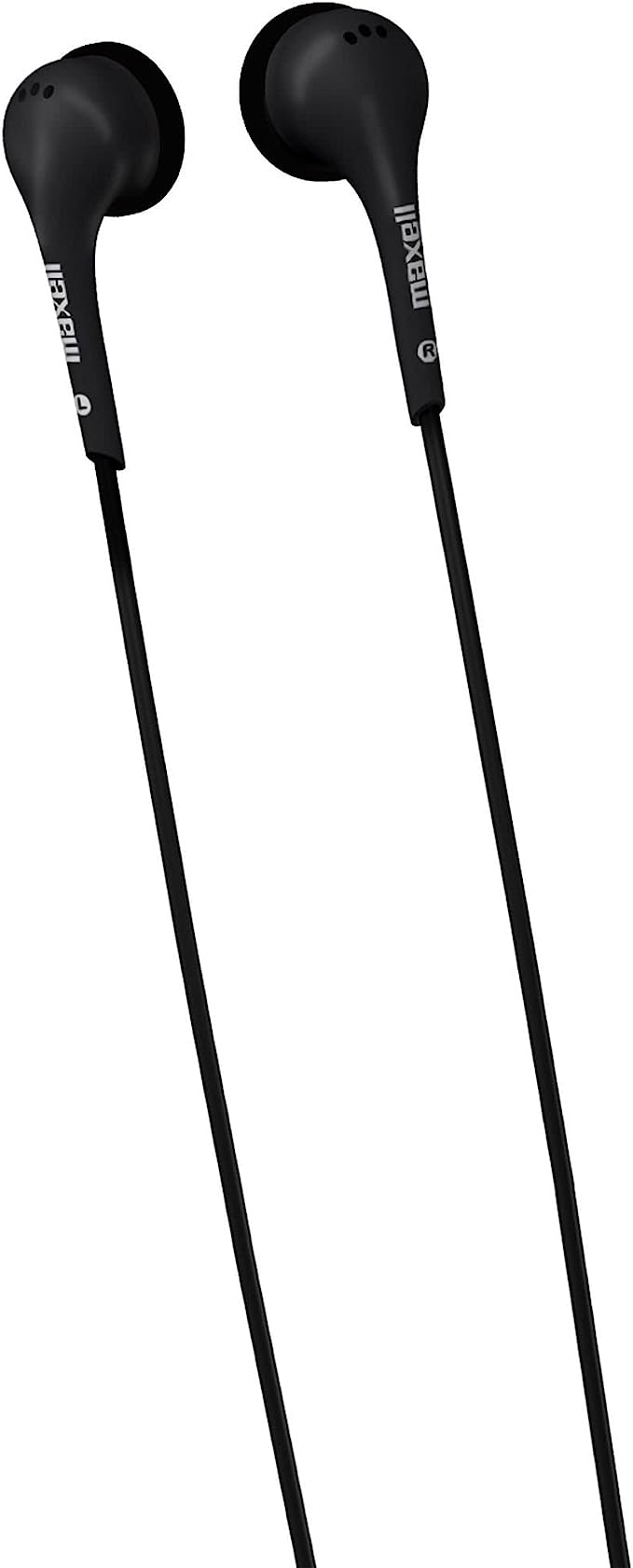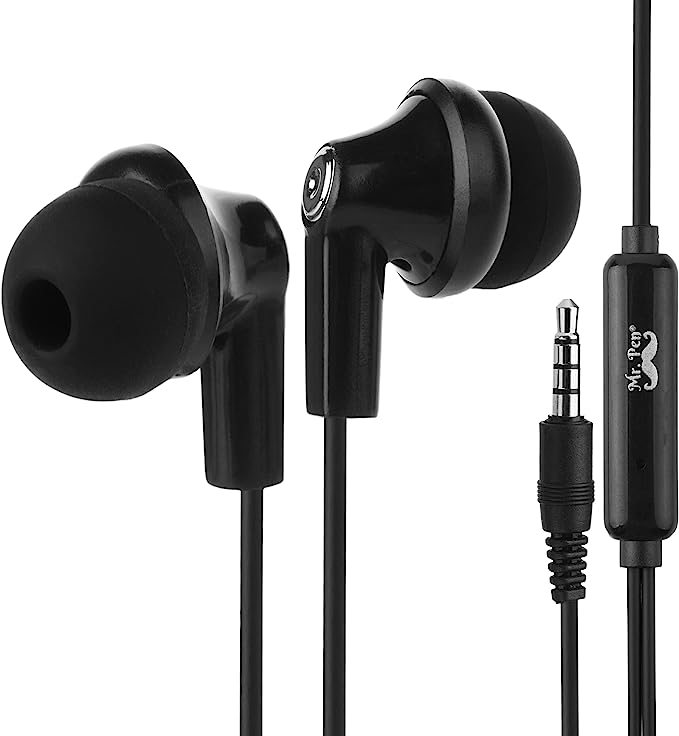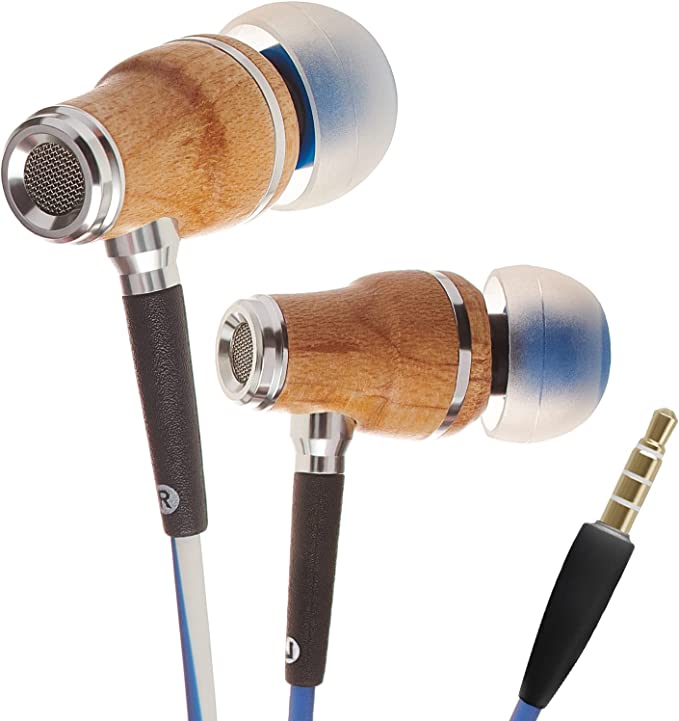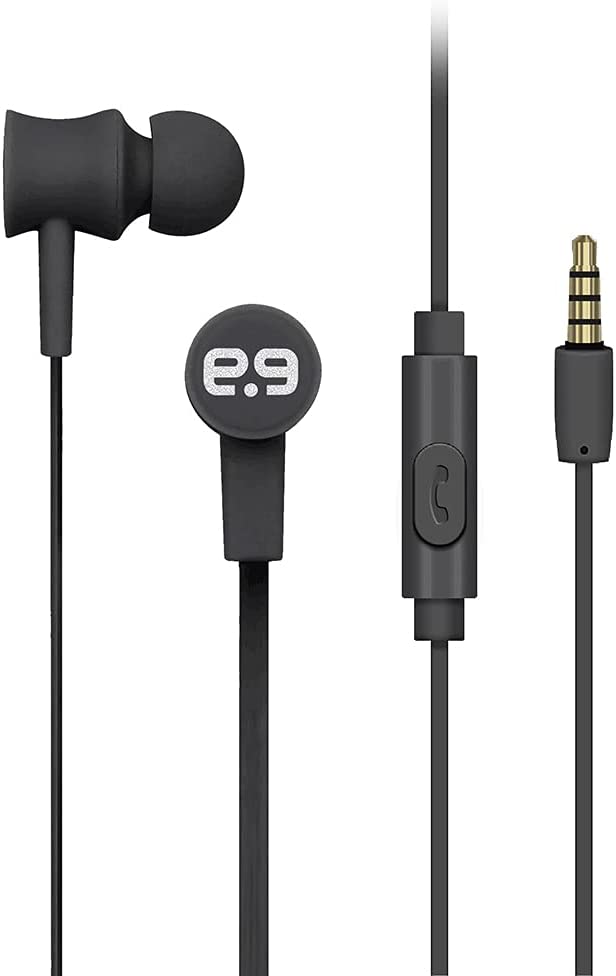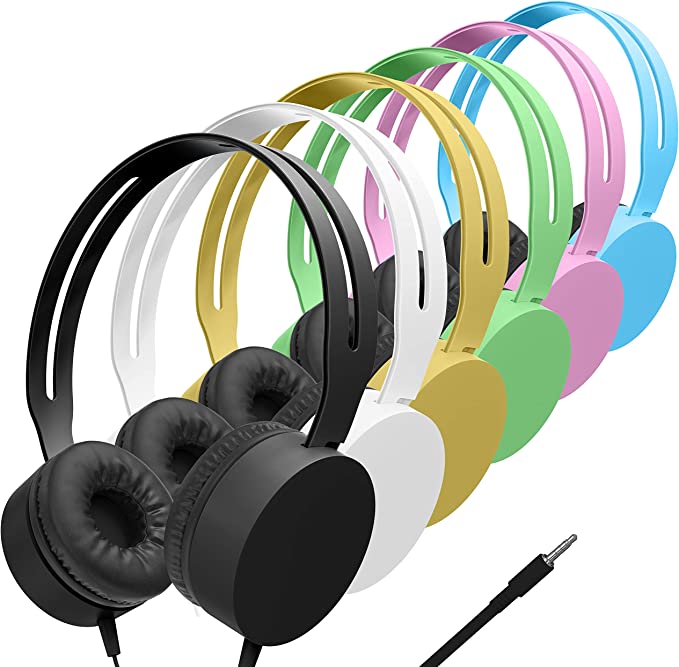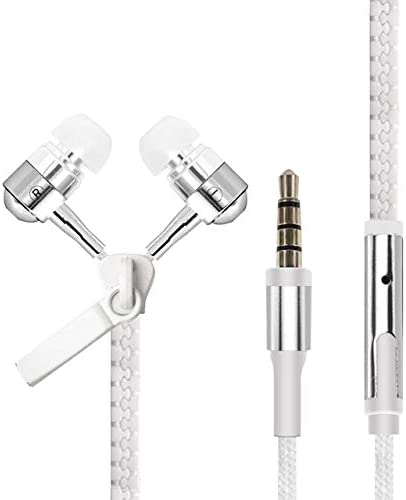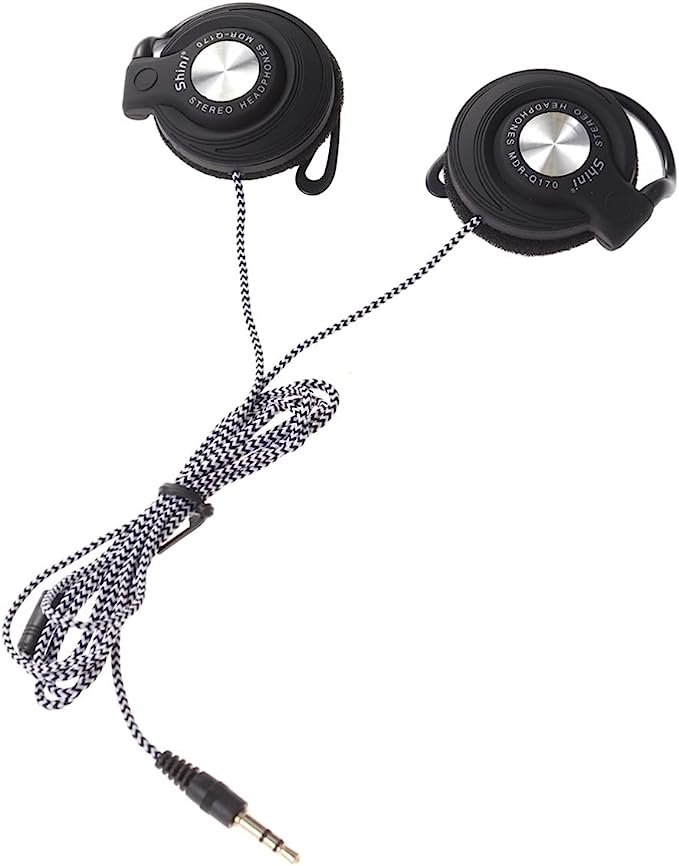The Rise and Fall of the Headphone Jack: A Story of Simplicity, Courage, and Dongles
Update on Nov. 13, 2025, 8:59 p.m.
For nearly half a century, it was the unsung hero of personal audio, a marvel of universal design so ubiquitous it became invisible. It was the 3.5mm headphone jack. This humble port was more than a connector; it was a promise. A promise that any pair of headphones, from any brand, from any year, would work with any audio device, anywhere in the world.
To hold a simple, functional artifact from its golden age—like the Nokia WH-102 headset from the early 2010s—is to hold a piece of this history. It’s a relic from a time of uncomplicated certainty, a time before our lives became a frantic search for the right adapter, or “dongle.” This is the story of that simple circle: its elegant rise, its controversial fall, and why its spirit endures in a world seemingly tangled in wireless ambitions.
The Beauty of a Universal Standard: How the Jack Worked
The genius of the 3.5mm jack was its elegant simplicity. The plug, known as a TRRS connector for headsets with microphones, was a masterpiece of compact engineering. It divided a single pin into four distinct electrical pathways: one for left audio, one for right audio, one for the microphone signal, and a common ground. It was a physical, analog highway for sound, transmitting electrical waves that were direct mirrors of the sound waves themselves.
This standardization was liberating. You didn’t need to check for compatibility. A headset like the Nokia WH-102, designed for a Nokia phone, worked just as well on a Motorola or a Sony Walkman. This universal plug-and-play reality fostered an explosion of innovation in headphones, knowing they had a guaranteed audience of billions of devices.
The design of the WH-102 itself speaks to the philosophy of that era: function over form. User feedback from its time consistently praised not its audiophile-grade sound, but its sheer practicality. A small, thoughtful clip on the microphone housing allowed it to be attached to a shirt collar, dramatically improving call quality by simply bringing the mic closer to the source of the voice. It was a low-tech, mechanical solution to a real-world problem—a hallmark of Nokia’s design ethos and the straightforward nature of the wired world.
The “Courage”: A Seismic Shift to Wireless
The beginning of the end came in 2016 when Apple, a key player in popularizing the 3.5mm jack with the iPod and iPhone, famously removed it from the iPhone 7, citing the “courage” to push the industry toward a wireless future. This single decision triggered a domino effect across the industry.
The stated reasons were technical: removing the jack freed up precious internal space for larger batteries and better cameras, and it pushed users towards higher-fidelity digital audio connections like the Lightning port. But for millions of users, the immediate consequence was the dawn of the “dongle life”—a clumsy, easily lost adapter that became a symbol of lost convenience.
An entire ecosystem of perfectly functional, high-quality wired headphones was suddenly made partially obsolete, requiring an intermediary to work with new devices. The simple, universal promise of the 3.5mm jack was broken, replaced by a fragmented world of proprietary connectors and the constant, low-level anxiety of a dead battery in your wireless earbuds.
The Enduring Ghost: Why Wired Is Still Relevant in 2025
Years after its supposed demise, the wired connection is not dead. In fact, for many, its appeal has only grown stronger, not out of nostalgia, but for sound, practical reasons where wireless technology still falls short.
1. Uncompromising Audio Fidelity:
For audiophiles, the path to the best possible sound is still a wire. A wired connection offers a direct, uncompressed analog signal path. While high-resolution Bluetooth codecs have improved dramatically, they still involve a level of compression and digital processing. A simple pair of wired headphones connected to a high-quality source or a dedicated Digital-to-Analog Converter (DAC) can often deliver a level of detail and nuance that is difficult to achieve wirelessly.
2. Zero Latency:
This is the killer feature for gamers and musicians. Bluetooth always has some degree of latency—a tiny delay between the source and the sound. While it’s unnoticeable for music, it’s a critical flaw for gaming, where the sound of a footstep needs to be instantaneous, or for music production, where a musician needs to hear their instrument in real-time. The physical connection of a wire offers an instantaneous, zero-latency signal that is, for these applications, non-negotiable.
3. Absolute Reliability:
A wired headset has no battery to die. It has no Bluetooth signal to drop in a crowded area. It requires no pairing, no firmware updates, and no troubleshooting. It just works. Every time. For mission-critical tasks like an important business call, this bulletproof reliability is priceless. As one user of the old Nokia WH-102 noted, their headset lasted for four years simply because they took care of it. This kind of longevity is a rare commodity in the world of modern electronics with finite battery lifecycles.
Conclusion: A Legacy of Simplicity
The Nokia WH-102 headset itself is a humble device. Its sound quality, by today’s standards, is modest. Its design is a simple plastic shell. But its legacy, and the legacy of the 3.5mm jack it represents, is profound.
It reminds us of a time when technology served a universal standard, prioritizing interoperability and simplicity for the user. While the wireless future has brought undeniable convenience, the enduring demand for wired connections proves that the core values embodied by that simple 3.5mm jack—reliability, fidelity, and uncomplicated function—are timeless. The story of the headphone jack isn’t over; it has simply evolved, continuing to serve those who, for reasons of passion or profession, refuse to compromise.

